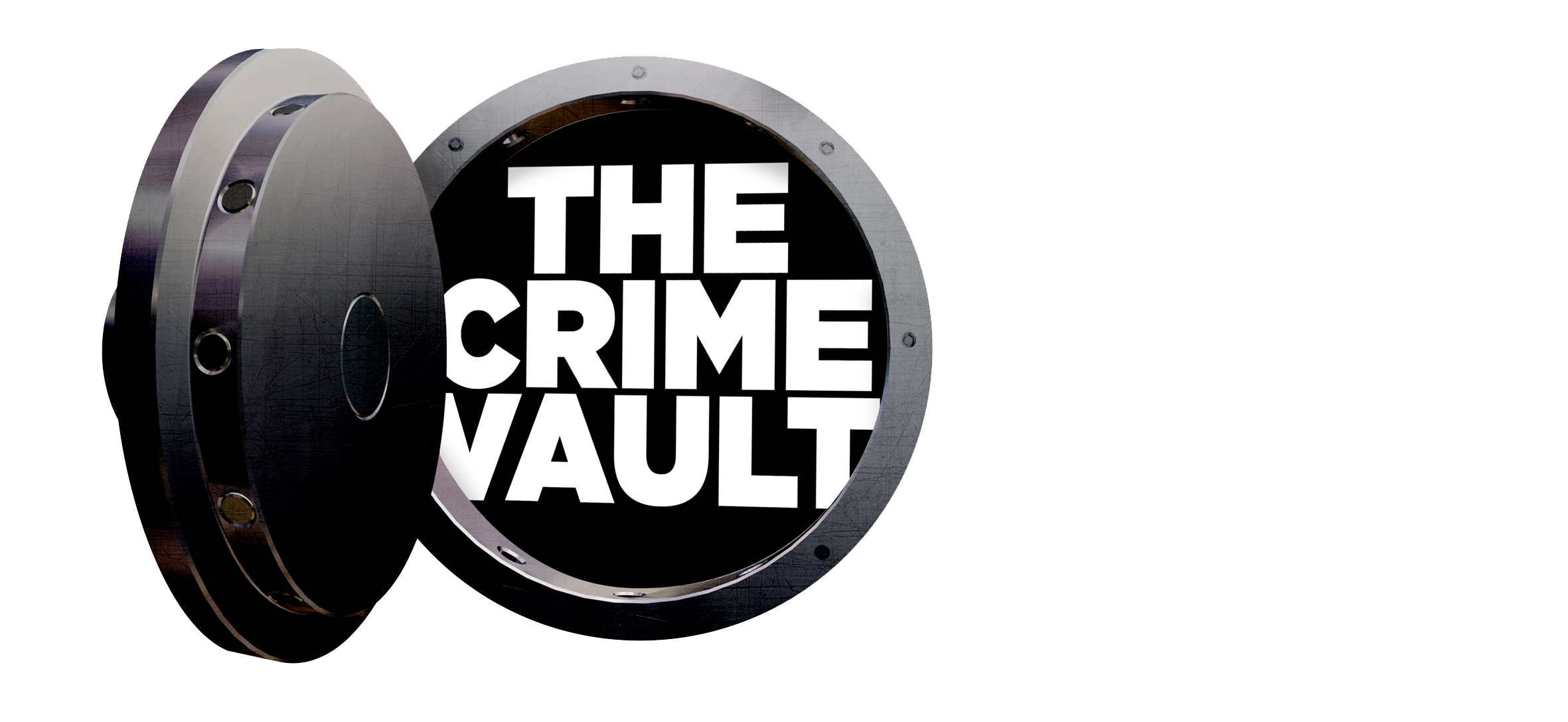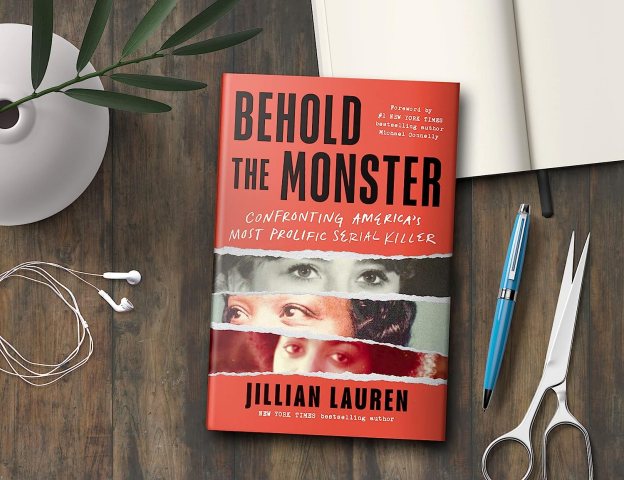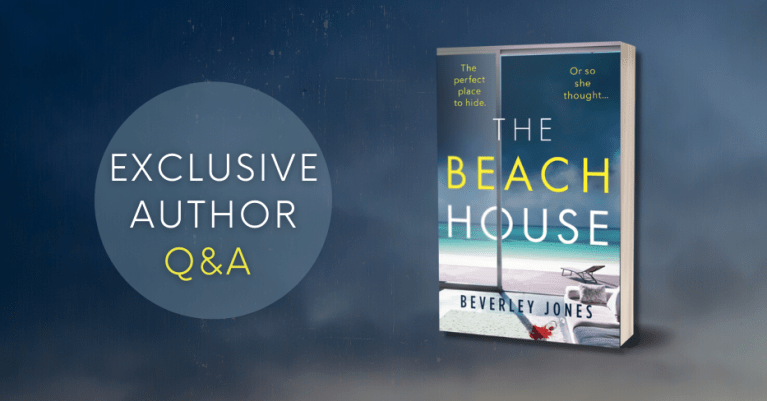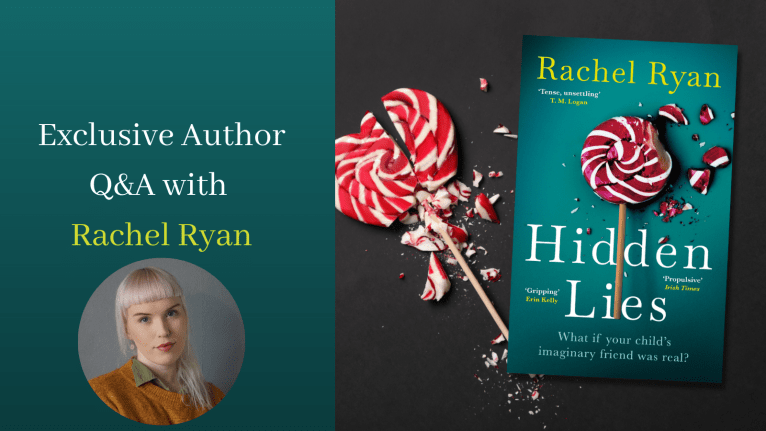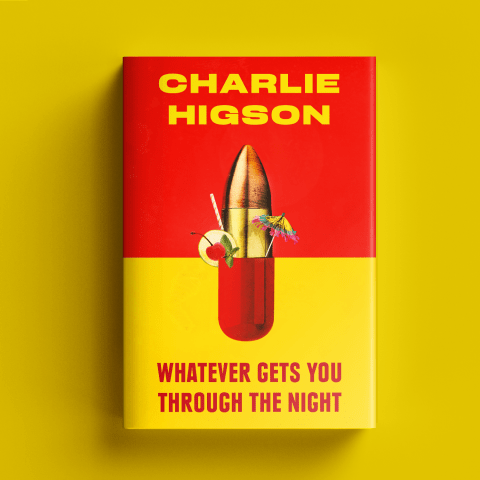Life on the London Beat, Music Halls and Car Chases: the Inspiration behind my Victorian Detective, by Robin Squire
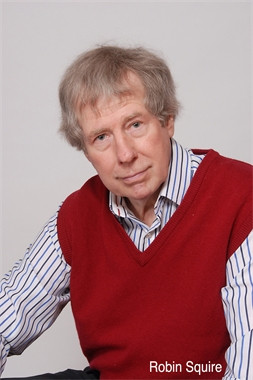
My maternal grandfather, Harry Floyd, was a London policeman who, owing to a family rift, I didn’t get to know till I was an adult. By then he was long retired from active police work and was head usher at Kingston Assizes. We got on well, so I used to drive him around and we’d have drinks and chat our heads off. All of which was a great inspiration when it came to writing about a Detective Inspector called Solomon Dearborn in Victorian London.
Born in 1883, my grandfather joined the Metropolitan Police in 1910 at the age of twenty-seven as PC309G, patrolling London’s City Road and the tough areas of Hoxton, then a warren of narrow streets teeming with crime and potential violence, for a wage of 24s 6d. per week. ‘There were some tough mobs around in those days,’ he told me, ‘when the pubs opened at 5 a.m. for rum and coffee and stayed open till 12.30 the next morning.’ An essential part of Harry’s uniform was the short police cape, and he explained how it could be unclipped and swung like a heavy weight at anyone who ‘tried to cut up rough’, as he put it.
One of his assignments was in January 1911 at the Siege of Sidney Street in London’s East End. Four policemen had already been shot dead by a gang and, when word came that some of its members – led by a Latvian anarchist known as Peter the Painter – were holed up at 100 Sidney Street, Harry was one of the uniformed constables who assembled there as the bullets blasted from the well-armed gang. Winston Churchill, then Home Secretary a decade after his military exploits during the Boer War, was there too. Granddad spoke of their surprise and relief when smoke and flames came from the house, lit by the men inside as a final gesture, putting an end to the siege and the lives of the gang. When I came to write The Mystery of the Stolen Brides, the concept of this impassioned Socialist movement stayed with me, dating back to the 1840s and the time of the Chartists with the subterranean and dangerous connotations espoused by the likes of Peter the Painter.
In 1921, after eleven years on the East End beat, Granddad was promoted to sergeant and posted to Scotland Yard, and then to Richmond in Surrey. He enjoyed telling me about the conflicts there with the ‘race gangs’ – groups of thugs who operated at race courses, notably Epsom, fleecing people, roughing up other gangs, picking pockets and whatever else, with the occasional maiming or murder. On one of our outings he got me to drive him to the George and Dragon pub at the top of Kingston Hill where, on Derby Day in 1921, an armed gang, which had earlier ambushed another gang off the Kingston Road at Tolworth, had gathered. He quickly assembled about twenty-five men then stopped a tram, commandeering it to take him up the hill with his men. ‘From the top of the tram,’ he said, ‘we could see the gang, all heavily armed with every sort of weapon you could think of, drinking beer and having a sing-song on the grassy slopes of the pub garden.’
Granddad stepped from the tram and approached the gang; he showed me the roadside hedge through which he’d scrambled then pointed his gun at one of the ringleaders. He’d been one of only six policemen issued with revolvers that day and, as he put it, ‘The gang could have wiped us out.’ But his years as an East End copper had left their mark, and he was a crack shot who represented his police unit at Bisley, and for four years had been police pistol champion for the whole of Britain. In ringing tones he announced: ‘Consider yourselves detained. I warn you that if anybody attempts to give trouble I shall not hesitate to shoot.’ Harry had a straight, calm way of looking at you, and his arm was rock steady. They believed him. They came quietly. Each gang member received long prison sentences and Harry got a recommendation from the assize judge.
Another of my favourite stories is how he used to set up a police speed trap at the Barnes end of the long straight road called Castelnau from London’s Hammersmith Bridge. More than once during the 1920s he caught the land-speed record holder, Henry Segrave, roaring along well above the designated limit in a powerful roadster. Granddad told me they almost became friends as the great man would groan ‘Not you again, sergeant! How’s the family?’ Recently, at Brooklands Motor Museum, I saw a photo of Sir Henry and the Sunbeam he drove. It gave me a pang, as he may well have been at the wheel of that very car when my grandfather stopped him.
Harry’s mother ran a grocery store in the East End. In the summer she would put out the produce in stalls on the pavement, so the teenaged Harry would serve customers up until midnight. His inspiration for joining the force was his father, Henry Thomas Floyd, a river policeman stationed at Wapping, who patrolled the Thames in a rowing boat long before engines were installed. Henry Snr. retained vivid memories of the time in early September 1878 when the pleasure steamer Princess Alice, crowded with happy sightseers, was sliced in two by a much heavier coaling ship and went down at Gallions Reach near Woolwich. Many hundreds were drowned in the tragedy, including children, and my great grandfather was one of those who had the grim and heartrending task of recovering the bodies.
Henry Snr. took the youthful Harry out many a night to acquaint him with the harsh realities of police work, and was active in the Thames Division of the Metropolitan Police at much the same time as my Inspector Dearborn would have been operating, so my descriptions of London in this period are tinged with genuine family nostalgia.
Inspector Dearborn’s London, like my great grandfather’s, was the age of the Music Hall, of drunkenness and decadence, of crime and corruption seething beneath a layer of respectability in an energy-driven capital city, the hub of a mighty global empire. Prostitutes abounded and social hypocrisy was rife. And I love every bit of it, which makes it so fascinating to write about. When a certain Music Hall star fell out of favour with the public and drowned himself in the murky Thames, I like to imagine it was my great grandfather who first saw his floating body in the glimmer of dawn and towed it to shore with a boating hook, with a ‘Don’t I know this cove from somewhere?’ on turning him face upwards.
During a period of my life when I worked as a television ‘walk-on’ between writing assignments, I acted the part of a copper in such programmes as Z-Cars and The Bill, and was even arrested on camera by genuine police when playing the part of a criminal in Crimewatch. One of these jobs was strangely predictive. A film company was making a documentary for Channel 4 about Jack the Ripper, whose identity was never discovered. I was cast as Inspector John Littlechild, a real-life detective in the 1880s who in later life said he believed he knew who the Ripper was. Filming was inside the Hackney Empire, once a famous Music Hall venue, and I was sat at a table on the stage where so many famous feet had trod in years gone by, tapping out my ‘recollections’ on an ancient typewriter as the camera moved around me. Dressed as I was in the style of the times, with the fashionable drooping moustache, I ‘became’ for a while that Victorian detective, and my Inspector Dearborn was born.
So I can’t resist having him meet the Ripper in my next story, a prequel to The Mystery of the Stolen Brides. Solomon Dearborn had his own ideas, but were they listened to by the likes of Inspector Littlechild and his ilk? Having a highly original and searching mind like Dearborn’s at work on the case, with his wry humour and flashes of insight from painstaking and often brutal experience, may not have always sat well with his superiors.
I’m very much looking forward to seeing what happens.
Find out more about The Mystery of the Stolen Brides and order your copy here.

